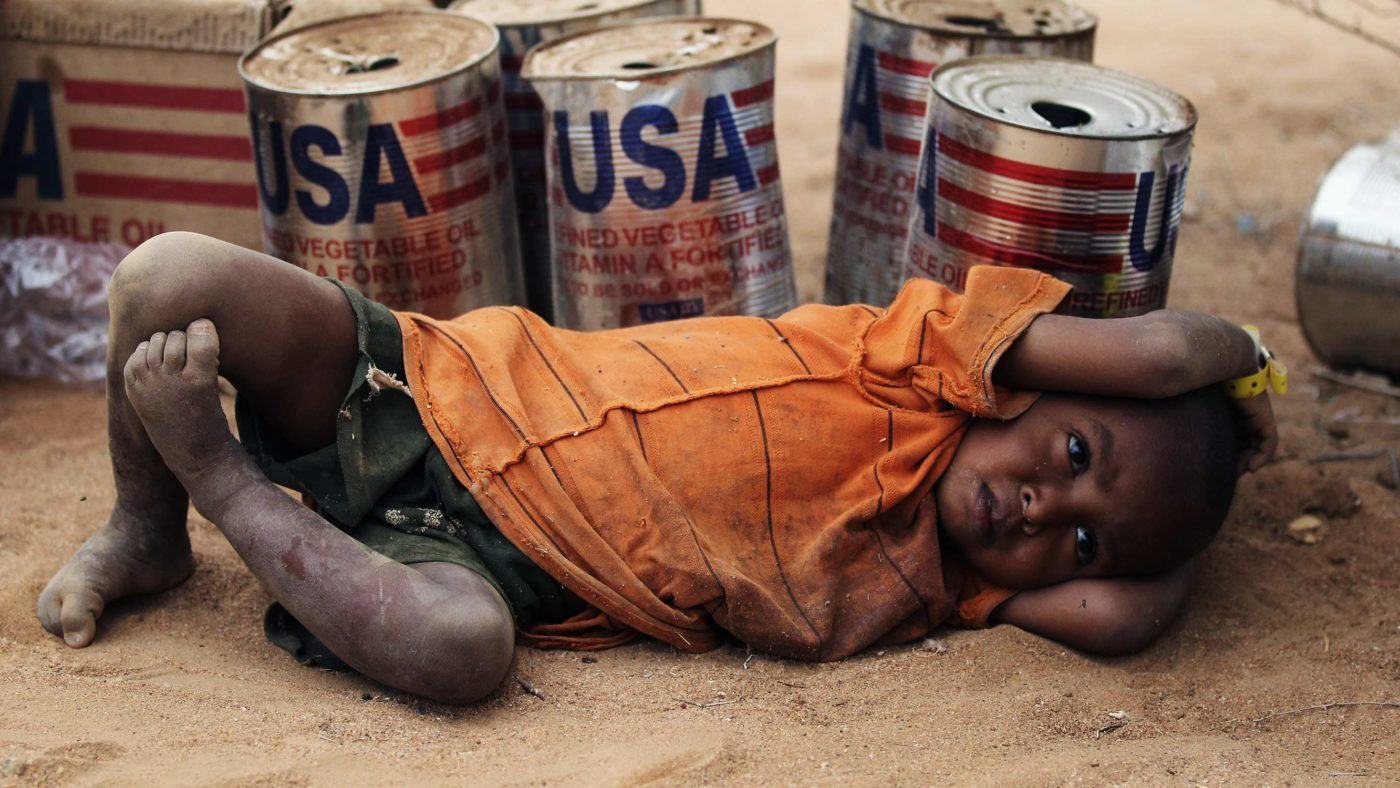My friend Inda Dae, a Somali refugee, has been waiting for 10 years to be reunited with his family in Ohio. They left from the Dadaab refugee camp in Kenya when he was 16 years old. Now he is a man of 26.
After five years of vetting by eight federal agencies, six different security databases, five background checks, four biometric security checks and two inter-agency security checks, Inda was finally due to fly this week. Until President Trump decided that the current vetting system is not extreme enough. Leaving the lives of Inda, and thousands of others stranded by the temporary ban on refugees, in tatters.
I got to know Inda while researching my book, City of Thorns, about the world’s largest refugee camp. Dadaab, in Kenya, is an improvised city in the desert, home to approximately 300,000 Somalis who have been driven from their country by drought and war.
One of the most wonderful, and surprising, things about Dadaab is quite how pro-American the place is.
It is not just that those in the camps – especially those born there – have been taught liberal, Western values by their United Nations overseers. It is that despite the drone strikes in Somalia, and the blowback from the war on terror, America has stubbornly remained a beacon for the young residents.
One of the people who feature in my book is Tawane, a youth leader who led groups of volunteers to patrol the streets when the Kenyan police withdrew. His youth group had a “cabinet” that met in a whitewashed building that they christened “the White House”.
The dream of resettlement to America is not just what gives such people hope – it is what keeps them in the camp. Without that hope, Inda might have gone back to the warzone of Somalia, as the Kenyan government has been urging him to do – only to be conscripted by the militias, as so many other young Somalis are. He might have tried his luck as an illegal worker in Nairobi. Or he might have joined the growing numbers of young men planning the dangerous journey over land and sea, via Sudan, Chad and Libya, to Europe.
Even before Trump, the United States only accepted a tiny number of refugees from Dadaab: around 1,000 a year, from a place where there are the same number of children born every month. But it was still more than all other countries combined – and enough of a sliver of hope to keep the rickety United Nations refugee regime on the road.
At the moment, countries like Kenya and Jordan reluctantly accept a disproportionate numbers of refugees from places like Somalia and Syria.
That is partly because the rich world pays for them to stay, in huge permanent cities that everyone pretends are temporary. But it is also because the same rich world agrees in return to bear a share of the burden – by taking in some of those people for resettlement, via the UN quota system.
Only a very small proportion of refugees – less than 1 per cent of the global total – end up winning this particular lottery. But if resettlement breaks down, then the whole bargain breaks down too.
This is why Trump’s ban on refugees threatens not just the UN resettlement programme, and the happiness of people like Inda, but the integrity of the refugee system in general.
Even before Trump, the refugee regime was on its last legs. With European nations closing their borders to the victims of the Syrian conflict, the countries actually hosting the refugees were growing increasingly restive.
During the last US administration, Secretary of State John Kerry had to intervene twice to stop Kenya closing down the Dadaab camp and forcing thousands of Somalis back to the war zone – a move that would have triggered a needless humanitarian catastrophe in addition to the ongoing one across the border.
Given how the USA’s moral standing, and leverage, has evaporated under Trump, it is hard to see that happening again – or why other nations currently hosting hundreds of thousands of refugees will feel they should participate in the global protection regime at all.
Even if the system can be salvaged, the Trump ban means refugees will have little reason to spend years waiting in camps in hope of a better life. They will be far more likely to “jump the queue”, and find illegal routes to richer economies where they can earn a living and provide for their families.
President Trump has pointed to Europe as an example of what a mistake it can be to welcome refugees. Yet if his ban remains, it could well be the single biggest cause of an increase in illegal migrant flows to Europe – as thousands of refugees from Dadaab and elsewhere give up on waiting for those few highly vetted slots in the USA. It will also mean that more people die risking the crossing.
Defending his ban on television, President Trump said the “world is a mess”. He just made it a whole lot messier.


